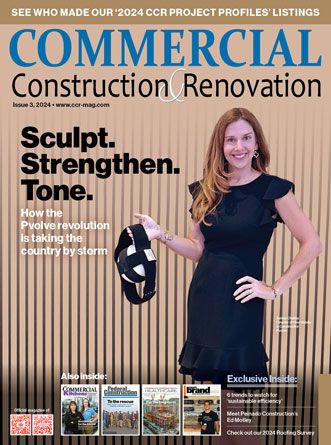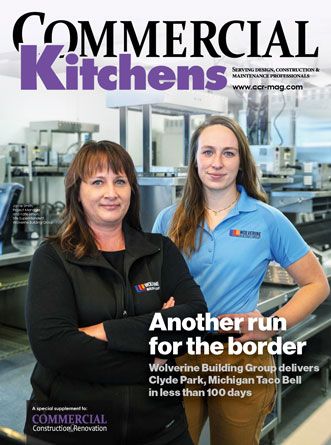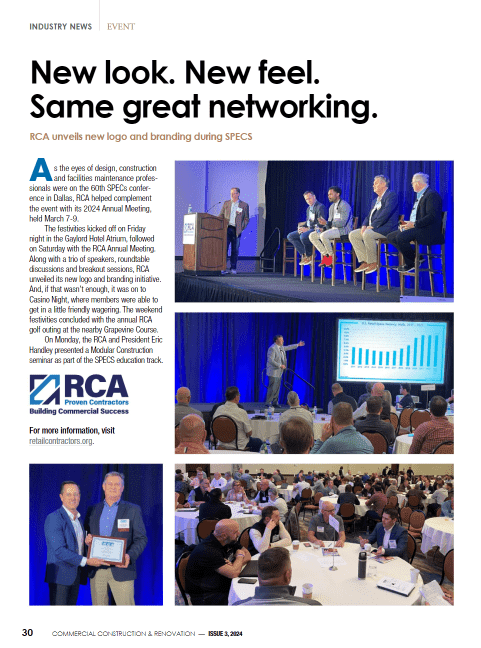
Many everyday objects are held together by fasteners. If you’re into DIY projects, there’s a good chance you use fasteners to complete your task. These handy tools are also used in construction.
Construction fasteners and many Clevis pin options provide mechanical support in construction. Most fasteners create nonpermanent joints, where two components should be able to separate from each other and not suffer any damage when they do. Most fasteners form nonpermanent joints, but this does not necessarily imply that they are weak. A fastener with an adequately developed thread will have a strong hold on your objects and help them withstand high stress levels.
Fasteners come in many forms and serve a unique purpose. Understanding these will help you determine the best kind of fastener for your project. So, here are five types and uses of construction fasteners:
1. Bolts – A bolt is the most common fastener used to join non-threaded parts. One end of a bolt has external threads, while the other is hexagonal. A bolt is used with a nut to secure the essential parts together. Bolts come in various sizes and shapes to suit a variety of uses. Common bolts include:
- Hex-Head – this type has a hexagon-shaped head. The six sides of the bolts give you a wide range of angles to work with. This is important if you can’t get to where you need to put the bolt a lot of the time. These bolts are used in machinery because they are easy to put together and take apart.
- Double End – There doesn’t seem to be much to this bolt, but it looks like a simple threaded rod. On the other hand, a double-ended bolt has a thread on both ends. As a result, they can work with a nut at one or both ends.
- Eye – One end of an eye bolt features a loop, while the other has a thread for attaching the eye bolt. Its use in construction depends on how big and well-built a machine is.
2. Washers – Washers and nuts and bolts are examples of fasteners that are commonly used together. Most of the time, they are installed under joints, nuts, and axle bearings. Washers serve different purposes, but one of the most important is to reduce friction. They also help to stop leaks and separate other parts. Using a washer will help keep pieces from coming loose due to vibration.
- Plain – This type help to keep parts separate from nuts or bolts. None of the coatings will fall off the surface because of them. They also spread the load out over a more significant area, which helps the material.
- Spring – Their round shape has been somewhat modified. As springs, they allow joints to move more freely.
- Dock – These are full washers used to build docks. The thick washers are also valuable for construction that needs to be done with much force.
3. Nuts – A nut is a fastener with a thread inside that helps it work with a bolt of the same size. These types of fasteners give users a better grip and more torque. Some come in different styles and designs that make them fit into different bolt shapes. The following are the most common types of nuts:

- Hex – The most common type of nut is the hex nut. They’re easy to put together with a wrench and inexpensive.
- Cap – This type has dome-shaped closed ends. This ensures that the bolt-nut connection is well protected. In addition, it ensures that your work has a polished look to it.
- Castle – There is a notch on one of the ends of these nuts. Pins may be inserted into their gaps thanks to the design of these hooks. They are best suited for applications requiring minimal torque.
4. Screws – Another type of fastener is the screw. Screws and bolts are similar in form; all of their male threads begin at the very tip. In addition, their heads can come in different shapes. Though, unlike bolts, internal threads are used by screws to hold items together. Screws are usually able to thread themselves. In other words, they can thread the component during the installation. These mechanical fasteners come in a variety of shapes and sizes. Each of them serves a distinct purpose. Included are:
- Self-Drilling – During installation, these self-threading screws, also known as self-tapping screws, develop internal threads. It has a fully-threaded shaft from its tip to its head. During rotation, these screws easily carve out new gaps in the component.
- Sheet Metal – The threads on these screws are pretty sharp. This characteristic makes their ability to cut sheet metal, wood, or plastics easier. A notched tip on their shank allows for easy chip removal.
- Machine – This is the most common type to be found in machinery. They have the same structure as sheet metal screws. Usually, machine screws are put in holes that have already been drilled. So, there’s no need to make a hole when installing.
5. Rivet –Rivets are the most common type of permanent fastener. A rivet is very light. As a bonus, it also has a head on each end that can handle axial loads. Rivet guns are used to put rivets into parts. It doesn’t matter if you use threads to put rivets in. They are easy to check, so they are used in the aerospace industry. Plus, rivets usually come in the shape of a circle or a square.
- Pop – There is a mandrel on each of these tubular rivets, and they have a hat on top of them. Pop rivets can have an open end, closed end, or sunk in the middle.
- Multi-Grip – Multi-grip rivets are best used when there is a big difference in the thickness of the materials that are being installed. These are flexible and can expand to the correct size and hold the parts together.
- Tri-Fold – The hats of these explosive rivets have three cuts. Folding outward, the hat is more robust and easier to handle.
Conclusion
Construction fasteners are used to keep objects together mechanically. Understanding these five types can assist you in deciding on the best sort of fastener for your projects and home repairs. Different uses call for different kinds of fasteners. As you can see, these fasteners have other purposes.






 The 2024 virtual Men’s Round Table will be held Q4, 2024, date TBD.
The 2024 virtual Men’s Round Table will be held Q4, 2024, date TBD.











